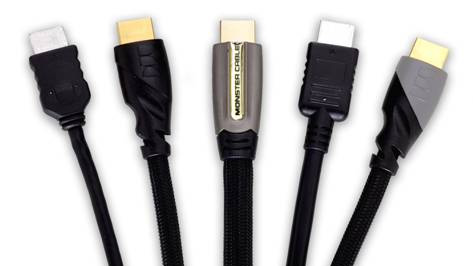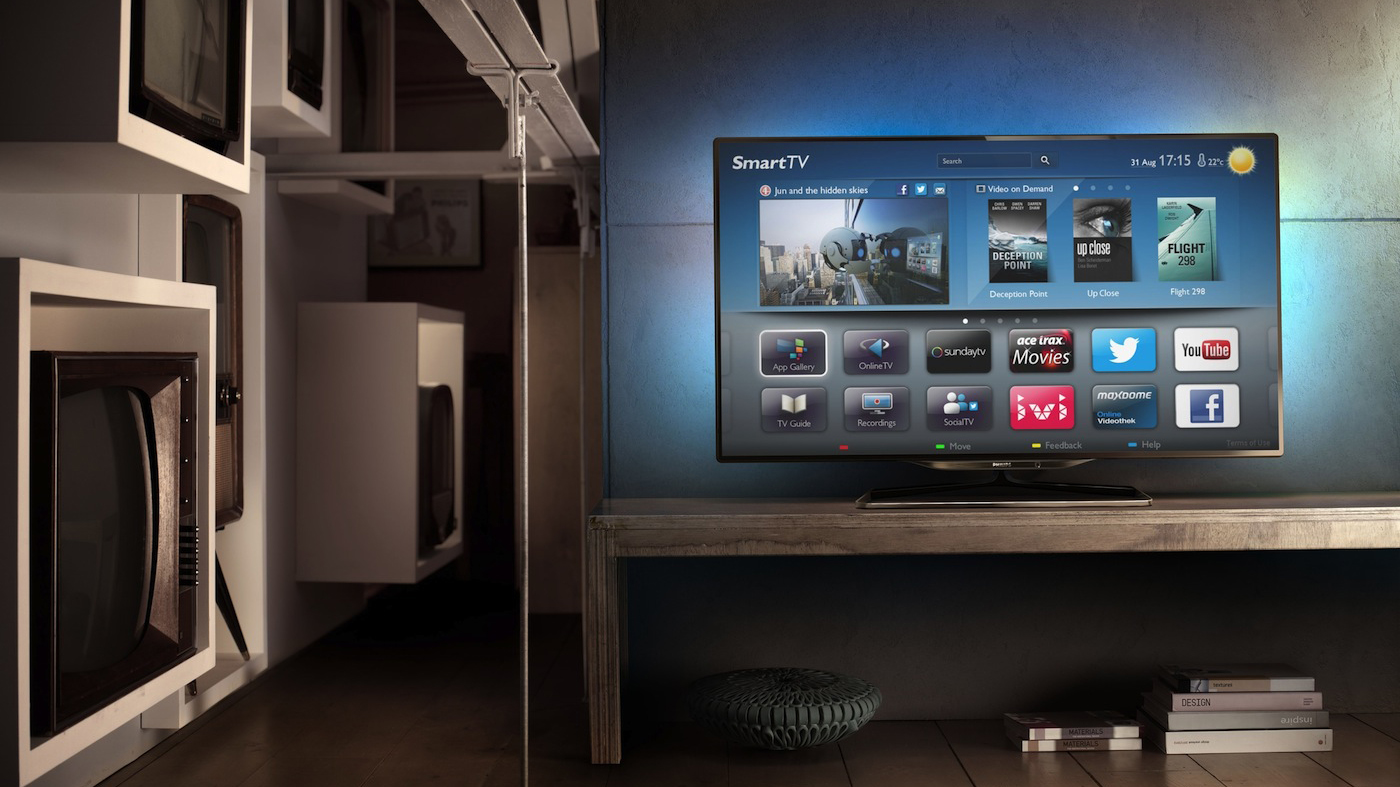For 4K's sake: why is the industry making HDMI cables so complicated?
'Premium' HDMI cables are nonsense

After spending a couple of years in relative obscurity, 4K is finally hitting the mainstream, and with it a whole mess of consumer confusion is starting to emerge.
Chief amongst them is confusion about HDMI cables, fuelled in part by an industry that’s absolutely willing to charge people through the nose for cables that are no better than what you can buy off Amazon for a pittance.
So let’s make one thing perfectly clear, if your current HDMI cables are able to transfer 1080p content, then they’ll be able to handle 4K at 60fps, and there’s no need to upgrade.
In fact, the official HDMI website confirms as much.
This is because if your cables can handle 1080p then they’re what’s known as ‘high-speed’ HDMI cables, as opposed to ‘standard-speed’ HDMI cables which can only handle up to 1080i signals.
Don’t go buying a load of expensive HDMI cables, it’s not worth your time, and it’s definitely not worth your money.
What went wrong?
Back when the world still revolved around SCART and Composite video we didn’t have problems like this.
Get daily insight, inspiration and deals in your inbox
Sign up for breaking news, reviews, opinion, top tech deals, and more.
This was because there was one version of each port, and when additional functionality was required, a new port emerged to handle it. There was no jump from HDMI 1.4 to 2.0, instead we jumped from Composite to Component.
You didn’t have to worry about cables not working to their full potential, because if they weren’t right for the job then they wouldn’t fit in the port in the first place.
Make no mistake; In the grand scheme of things the jump to HDMI has been an overwhelmingly good thing.

Rather than having a dizzying array of different connectors on the back of your TV, you just have one that’s compact and well designed. There are no delicate pins that can break, and if more functionality is required, then the HDMI standard can be upgraded to accommodate it without having to change the physical port.
This means that there are multiple versions of HDMI ports, not cables, that exist. There are HDMI 1.4 ports (which can handle 4K video, but only at 24 frames per second), and then there are HDMI 2.0 ports (which can do 4K at a full 60 frames per second).
It’s the same confusion that plagues USB standards, where there are now a variety of different USB ports that can handle different data transfer speeds and can provide different levels of power to your charging devices.

Although there are multiple different types of HDMI ports, what this doesn’t mean is that there are different versions of HDMI cables to go along with them.
But these different standards are only half the story. The other side of the problem is the way companies are feeding this confusion.
At best they’re doing this through well-meaning but misleading certification programs, and at worst they’re actively recommending people spend more money than they need to on cables that are functionally identical to their cheaper alternatives.
This FAQ from Sony is exactly the kind of misleading information that the industry doesn’t need right now.
Check out the answer to these two questions in particular:
"Q: What video output settings does PS4 Pro support?
A: At launch, PS4 Pro supports all of the HD video output settings found on the standard PS4. Notably, PS4 Pro introduces 4K output, with settings for both 2160p YUV420 and 2160p RGB (recommended if your TV supports it) at up to 60 frames per second when using a supported 4K TV and Premium HDMI (aka HDMI 2.0) cable.
Q: Why do I need a Premium HDMI cable for using PS4 Pro on my 4K TV?
A: For maximum quality, you’ll need a PS4 Pro system, a 4K TV with a Premium HDMI input port (often marked in blue), and a Premium HDMI cable. A Premium HDMI cable is included with PS4 Pro, but those who need to purchase a longer cable should remember to get one that meets the Premium HDMI spec.The newer Premium HDMI format can display a 4K signal at up to 60 frames per second (60Hz). Older High Speed HDMI cables (aka HDMI 1.4) can technically display a 4K signal on a 4K TV, but the performance will be limited to just 30 frames per second (30Hz)."
The second answer is particularly troubling, since it is categorically untrue that you need a ‘Premium HDMI cable’ to view 4K at 60fps - your existing high-speed HDMI cables will work just fine.
This misinformation is unlikely to affect users who buy a PS4 Pro (since Sony will include a so-called Premium HDMI cable in the box), but it’s actively feeding confusion in the marketplace that’s simply unnecessary.
All a ‘Premium' HDMI cable is, is a cable that’s been actively tested and certified to transfer content at 4K 60fps. This is an optional certification, and just because a company has paid money to get its cables certified, that doesn’t mean that its cables are in any way superior.
The bottom line
The bottom line is this. HDMI cables are basically all the same, but company’s don’t like it when a marketplace gets like this, because it limits the ways they can make their products stand out from their competitors.
This is where these ridiculous claims start coming from, as companies desperately try and draw attention towards their (identical) products.
So don’t rush out to replace all your perfectly good HDMI cables, but if you do need a new cable then prioritise getting something that’s sturdy and well-made, rather than something that’s ‘Premium’ certified.
If you’re interested, our top pick for an HDMI cable that ticks all these boxes, as well as being high-speed, is the following Amazon Basics cable. It won’t let you down.
Jon Porter is the ex-Home Technology Writer for TechRadar. He has also previously written for Practical Photoshop, Trusted Reviews, Inside Higher Ed, Al Bawaba, Gizmodo UK, Genetic Literacy Project, Via Satellite, Real Homes and Plant Services Magazine, and you can now find him writing for The Verge.
